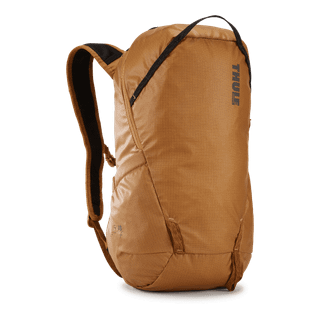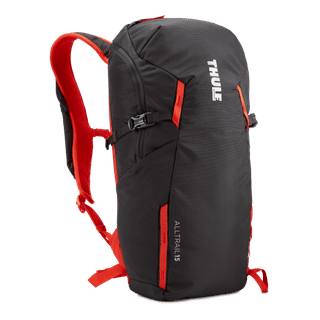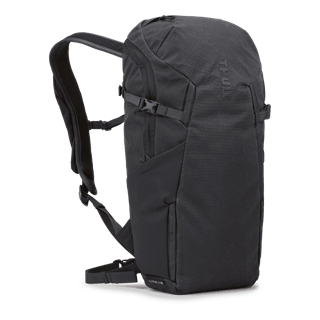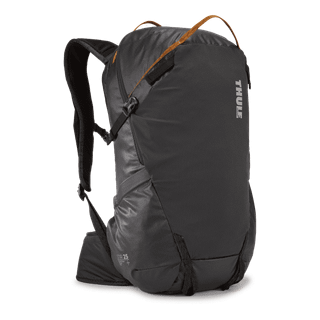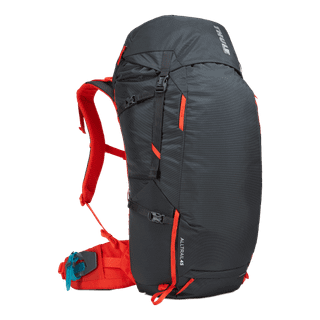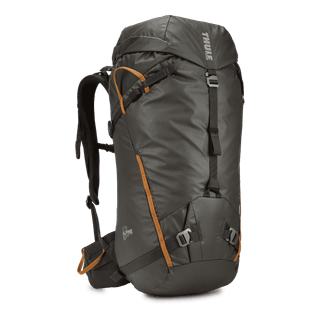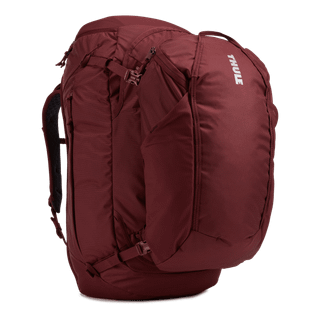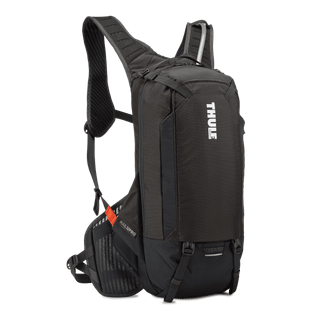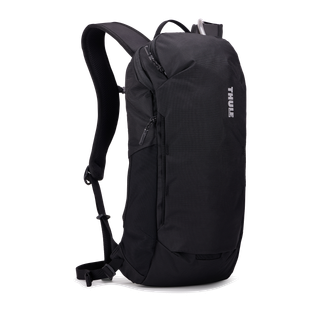Read our guide to selecting a backpack that is the best fit for you and your adventures.
Whether you are planning for the afternoon on a trail or a week-long trek into backcountry, choosing the right pack to match your adventure is an essential part of the process. Finding a pack that satisfies your needs and fits you well will significantly contribute to how successful your trek ends up being.



